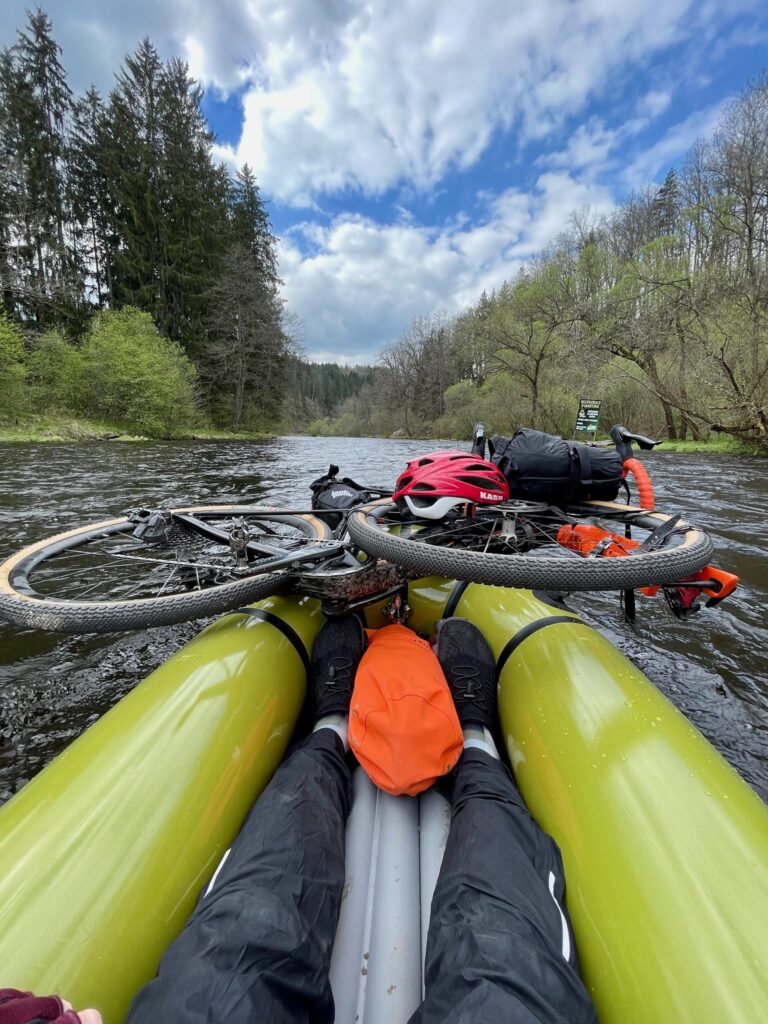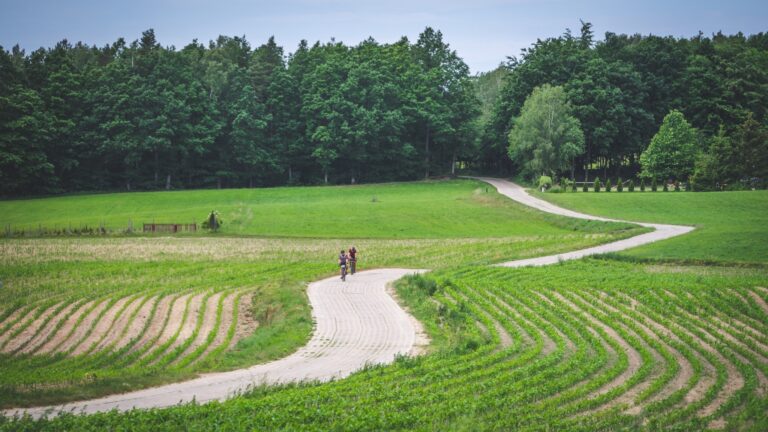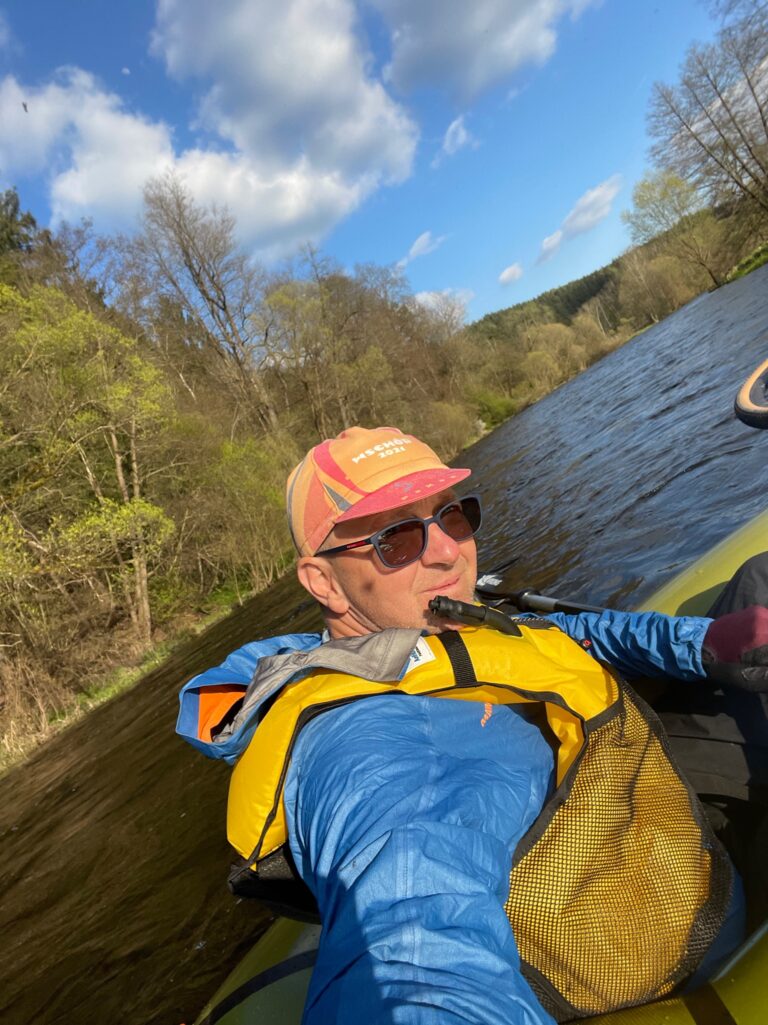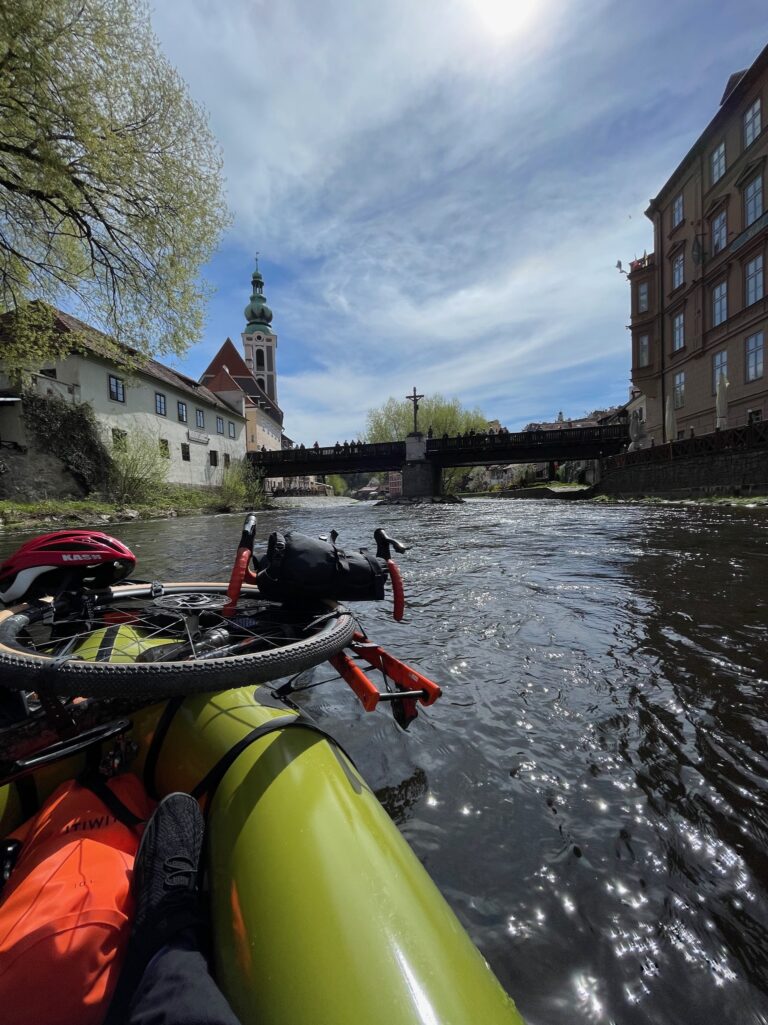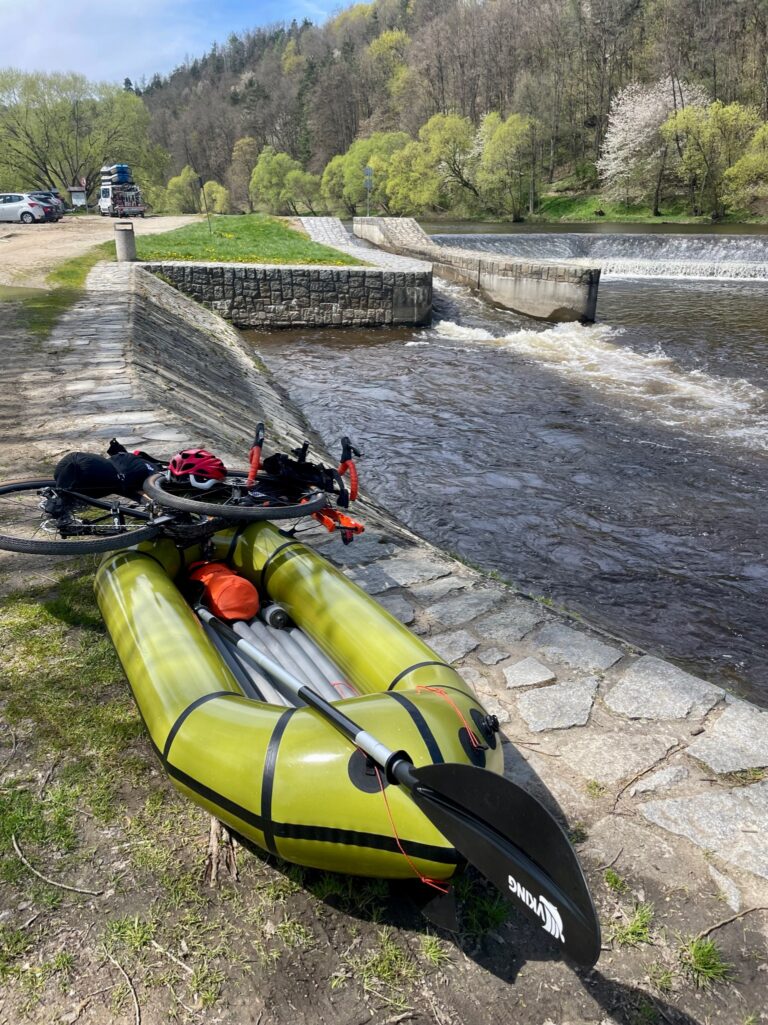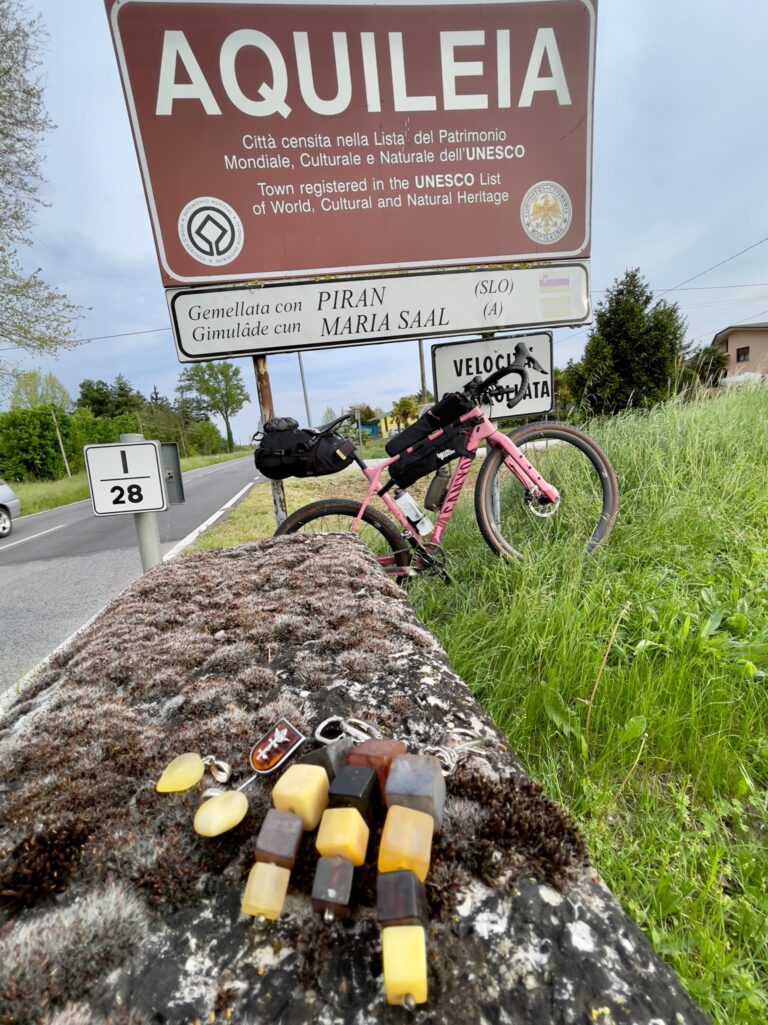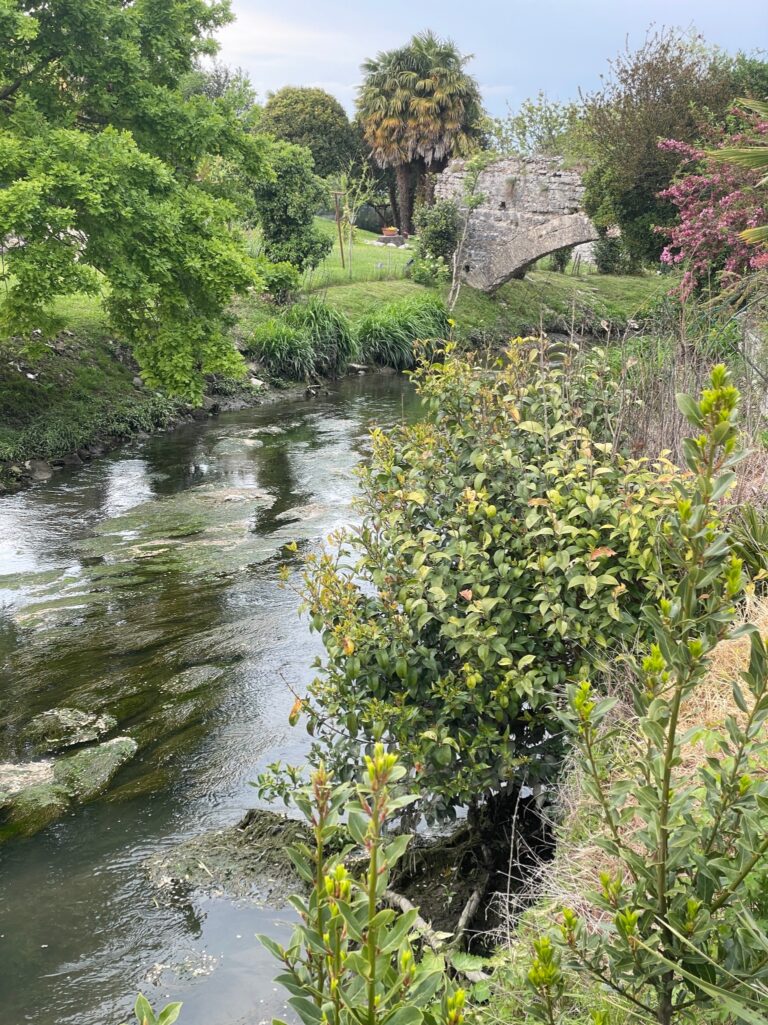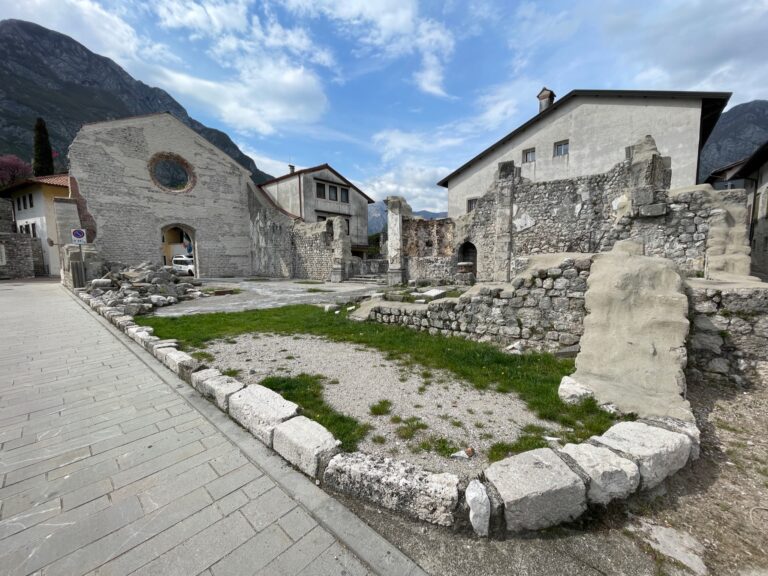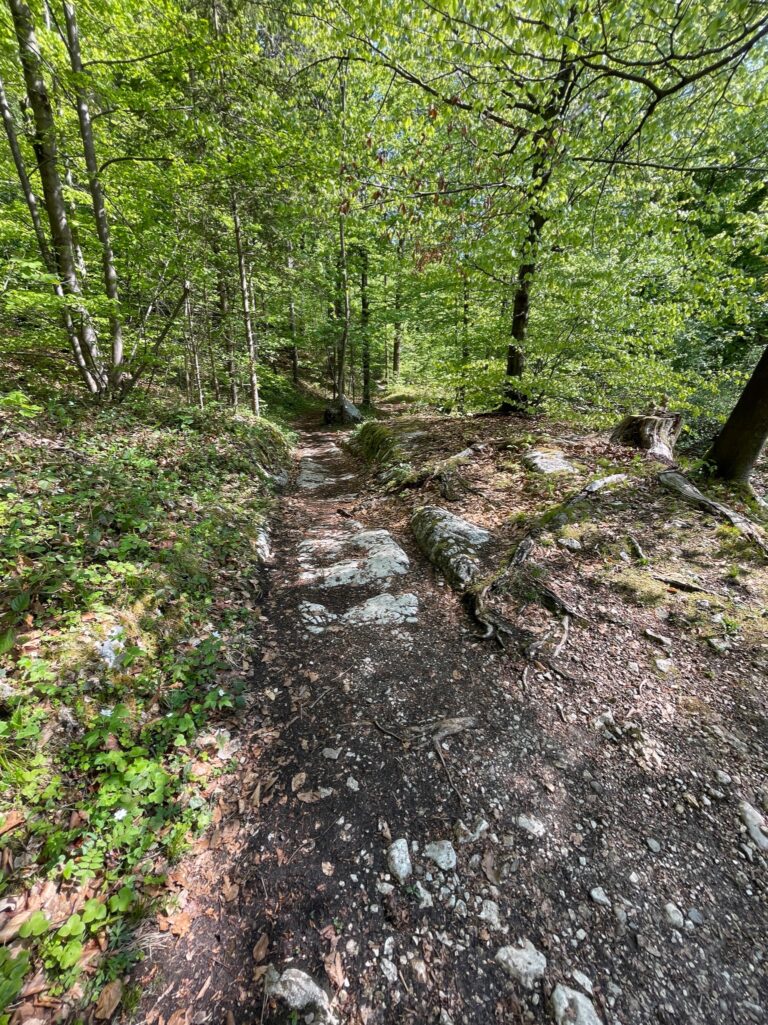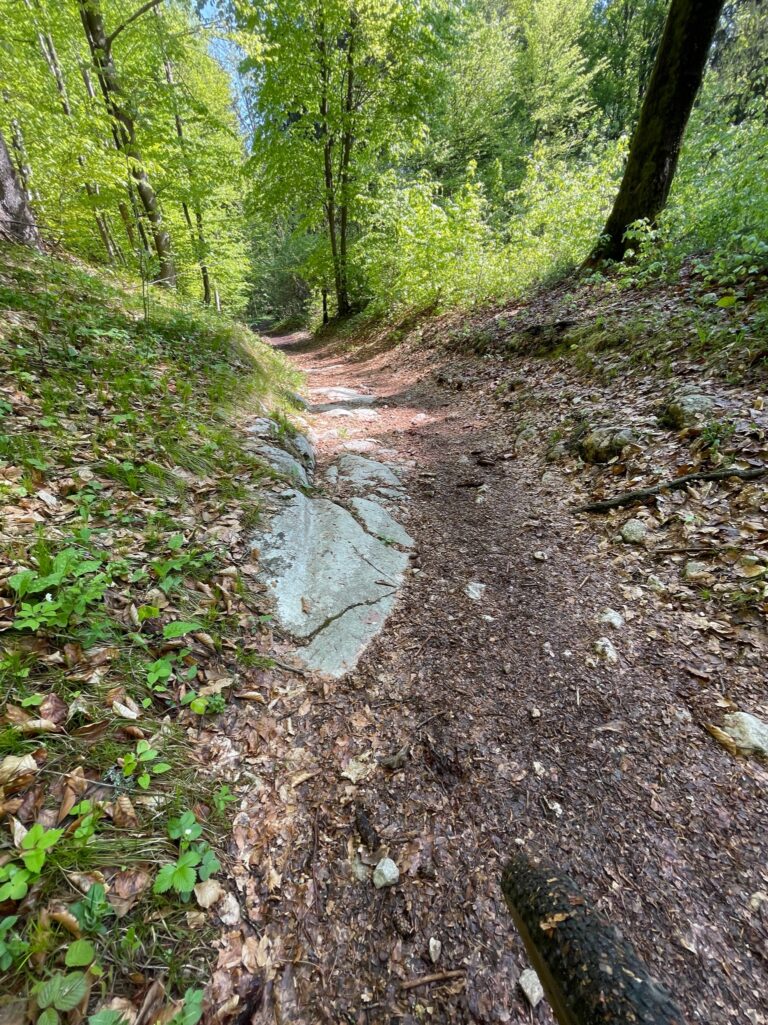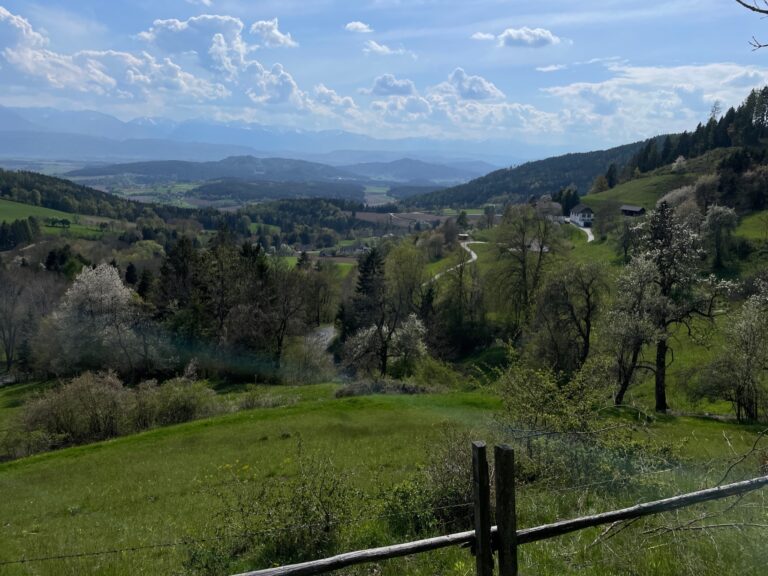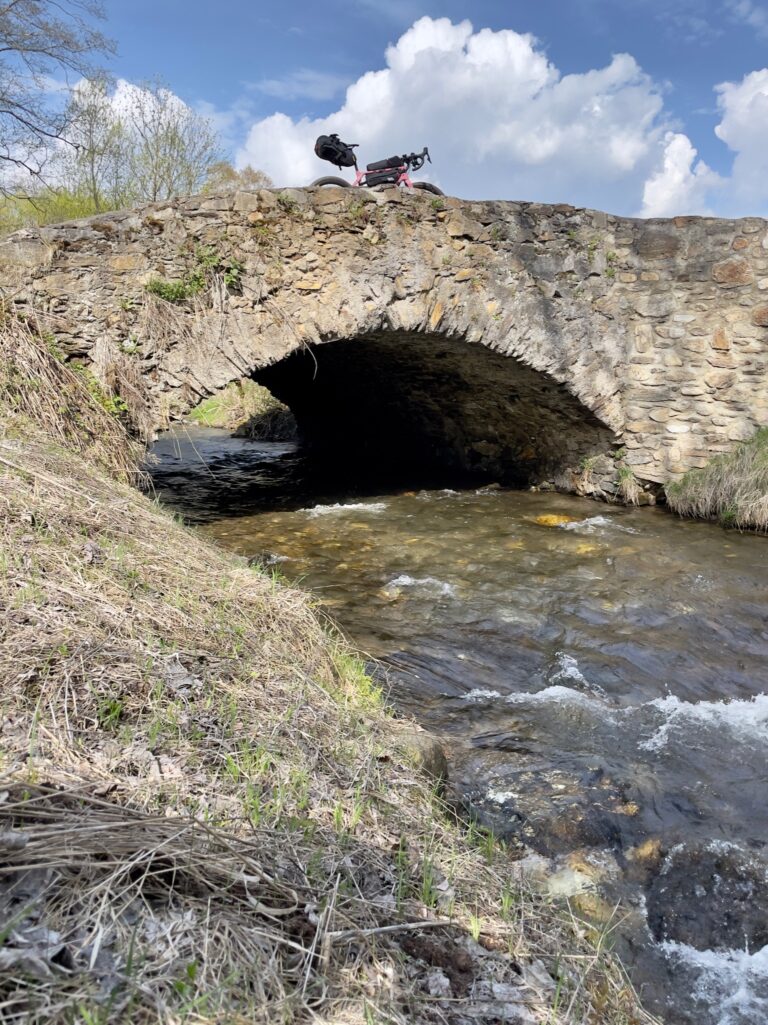
Start: Aquileia, Italy
Finish: Gdansk, Poland
Distance:
: 1400 km
: 280 km
People have traveled along rivers for centuries. But how did they travel two thousand years ago?
MMXXIV AMBER ROAD BIKERAFTING RACE is a self-sufficient ultramarathon in which the route, marked out along the ancient Amber Road, must be covered by bike and packraft. The event is addressed to advanced and experienced cyclists who feel equally confident on the water*. The AMBER ROAD route recreates the route taken by the Romans, Celts and Goths to obtain amber on the Baltic coast – the legendary gold of the north. Ancient Itineraria, wheel ruts carved in the rocks, archaeological finds, and finally legends passed down through generations allowed us to recreate the route that ancient merchants and travelers could have taken to reach the area of today’s Gdańsk from Roman Aquileia. They used the network of Roman roads, the remains of which we found in the former Roman Empire. Further north, after crossing the Danube, they had to find their way between the Celtic oppidia and the ancient cities of the Goths. It was sometimes easier to cross the endless forests of today’s Poland by rafting down rivers. This is our vision of the Amber Road: 1,400 km to cover by bike and 280 to sail by packraft. Along the way, Alpine Cols, great European rivers, Roman roads and the wilderness of ancient Barbaricum.
* Only adults who guarantee that they will complete the Route without any damage to their health can take part in AMBER ROAD. You cannot take part in AMBER ROAD without proper preparation of your fitness, equipment and techniques for long-distance cycling and long-distance swimming in watercraft powered by your own muscles, as well as without first testing your abilities in cycling and broadly understood kayaking. You start at your own risk and you have to decide for yourself whether to take up this epic challenge.
Reguły AMBER ROAD są proste:
- Należy pokonać z rowerem i packraftem, siłą własnych mięśni, całą Trasę Amber Road zgodnie z niniejszymi Regułami.
- The route is divided into 8 bicycle sections and 7 packraft sections.
- You must have a bike and a packraft with you on the entire route, according to the principle: “packraft on the bike, bike on the packraft”
- The entire AMBER ROAD route must be completed without external support (self-sufficiency). This means, among other things, that from the start to the finish, you must have a bike, a packraft and luggage with you to cover the route. This rule applies to all aspects of completing the Amber Road Route, including eating, drinking, sleeping, and servicing equipment.
- Everyone must have equal opportunities. It is unacceptable to use any third-party support on the route that is not available to everyone on equal terms. You relatives and other persons close to you are also third parties within the meaning of these Rules.
- It is unacceptable to use any support arranged before the start, including making reservations for accommodation on the route before the start.
- Support between race participants is in accordance with these Rules. It is the duty and privilege of each of you and will be an expression of the correct understanding of the idea of this event;
- All bicycle sections must be completed in accordance with their route provided by the organizer as GPX files, respecting the remaining Amber Road Rules and the law (private property, nature protection, road traffic law, state borders).
- Cycling sections can be completed on any muscle-powered bike. The route runs mostly on tarmac and gravel roads, which can be covered by a gravel bike. There are also forest and farm roads whose passability may depend on the weather.
- Participants, throughout the entire distance, are required to have and use a helmet and appropriate lighting on the front and rear of the bike during the cycling sections.
- If the designated route is impassable, find a detour and return to the trail in a safe place.
- Leaving the Route is always permitted, regardless of the reason, as long as you return to the Route in the same place
- The water sections must be covered using a packraft, kayaking together with your bike and luggage.
- Water sections run along rivers and lakes used for kayaking tourism. These are water bodies with natural and artificial obstacles and hydro-technical facilities that are impossible to overcome with a packraft. Participants themselves determine how to avoid obstacles (portage). It is necessary to thoroughly familiarize yourself with the water sections and the obstacles located there before the event.
- The state of safety on water often depends on the state (height) of the water. High water levels may cause additional technical difficulties and always require increased attention and caution. Your safety depends on your prudence and humility.
- Mandatory equipment for the entire distance is a buoyancy vest, adjusted to the participant’s size, worn and secured in accordance with its instructions for the entire duration of crossing the water sections. Violation of this provision of the Rules will result in immediate disqualification.
- Water section gpx files are schematic and are used only to determine the starting and ending points of a water section.
- It is not allowed to use gpx files of water sections as a track marking a detailed route on the water.
- Uczestnicy są sami organizatorami i są odpowiedzialni za trasę spływu packraftem, w tym za wybór miejsc wyjść z wody i wodowania w przypadku przenosek, sposobu ominięcia przeszkód i wyboru sczegółowej trasy na wodzie.
- Water is an element whose power exceeds the capabilities of every human, and swimming in a packraft carries the risk of accidents that may result in the loss of equipment, health or life. Remember that you are the organizer of your trip and your caution and humility towards the elements will constitute the basis for your safety, and the organizer will not be able or obliged to provide or provide you with assistance during the trip and rafting.
- The travel time is counted non-stop from the start to the check-in at the finish line.
- Individual classification will be conducted separately for women and men. The order will be determined by the time taken to complete the Route in accordance with the Amber Road Rules. The maximum time limit for classification is 345 hours. Someone has to win, but no one will lose.
- Confirmation of completing the Amber Road route will be its recording in the GPX format, made by the participant while traveling.
- Obowiązuje bezwzględny zakaz płynięcia od zmierzchu do świtu. Jest to śmiertelnie niebezpieczne i nielegalne.Organizatorzy odradzają jazdę rowerem w nocy lub w innych warunkach ograniczających widoczność i bezpieczeństwo. Jeśli jednak się na to zdecydujesz musisz być wyposażony w oświetlenie przednie i tylne, zapewniające bezpieczeństwo Twoje i innych. Pamiętaj, że w warunkach ograniczonej widoczności i długotrwałego zmęczenia ogranicza się Twoja zdolność realnej oceny zagrożeń.
- Your struggles along the route will be visible thanks to trackers that must remain constantly turned on during the event. The Participant is responsible for ensuring that the tracker is charged. Traveling with the tracker turned off may be grounds for disqualification. The tracker is not intended for navigation!!!!! it only records your position and sends this data to the ®Dot Maker system, thanks to which you can cheer and “dotwatch” in front of computers and smartphones around the world.
- Participants must ensure that the tracker, their electronic devices and power sources are adequately protected against the effects of the aquatic environment and moisture using waterproof covers.
- We reserve the right to introduce additions and explanations to these Regulations and the right to interpret them in accordance with the spirit of the idea of self-sufficiency and in order to maintain your safety.
F.A.Q
Packrafts and bikes go together like two peas in a pod. Both, in their own way, give us the same thing: wolność. The freedom to travel further and faster than our two feet could take us or, in the case of a packraft, where they couldn't take us at all.
Pack rafting is a relatively new sport but, as is often the case, the equipment has already developed significantly. The lightest rafts weigh less than a kilogram.


